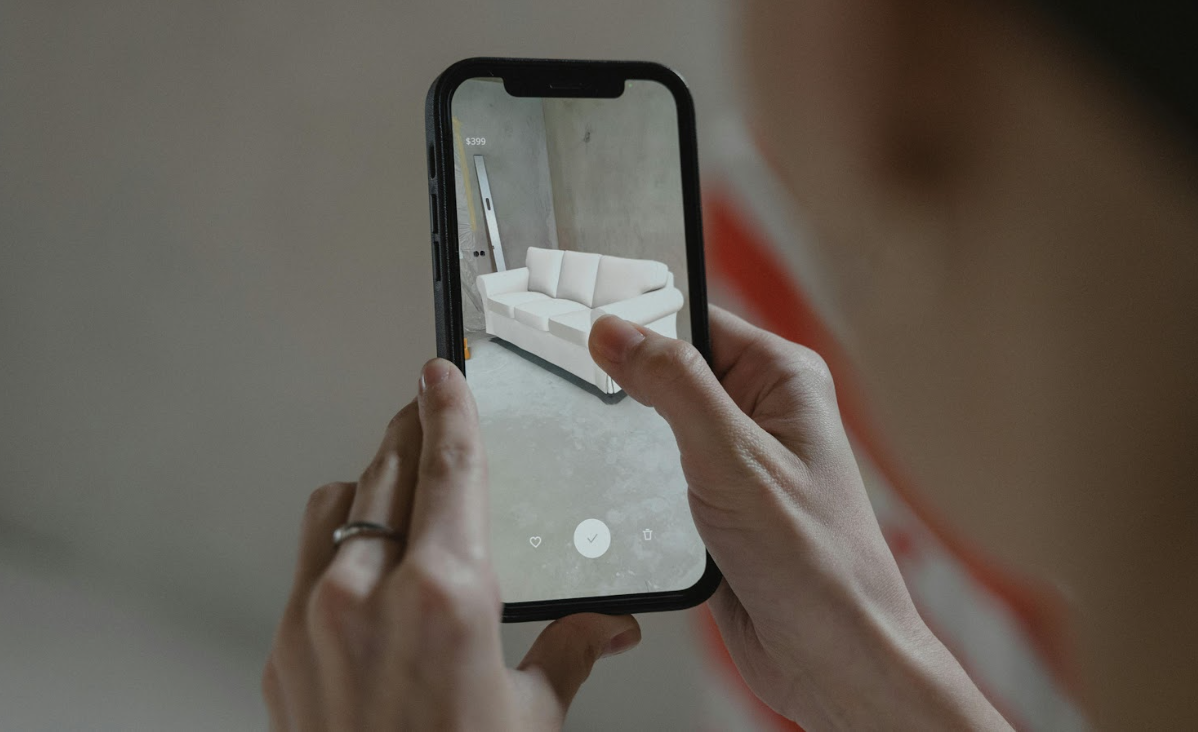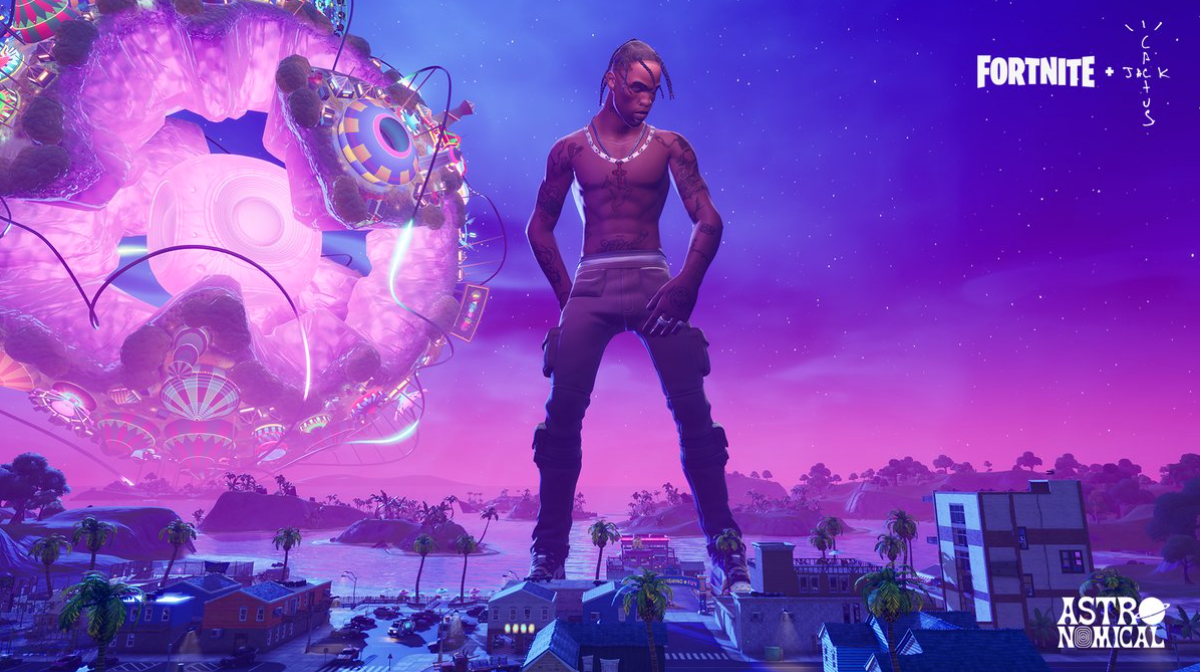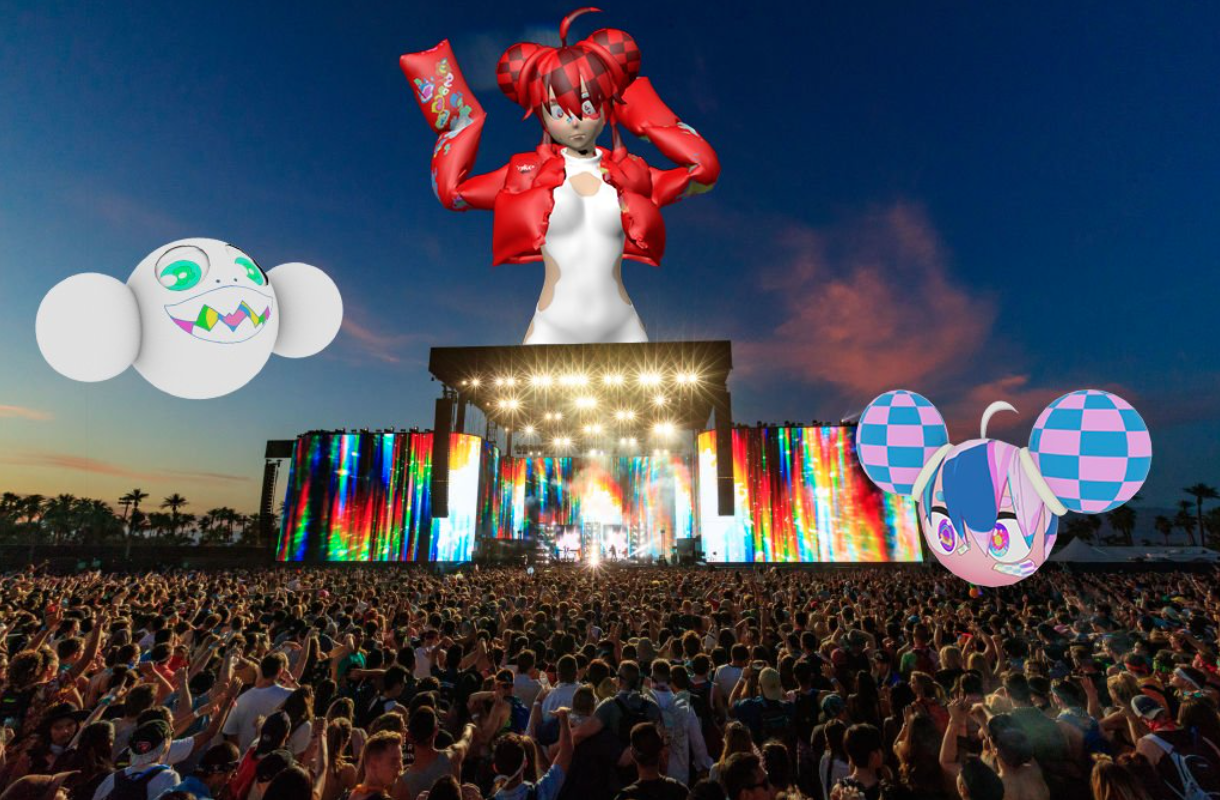Augmented Reality and Virtual Reality: Innovators in Digital Marketing
Ludmilla Shafiqa Jessamine
∙04 July 2025

Photo by Tima Miroshnichenko
The role of augmented reality and virtual reality (AR/VR) in digital engagement is increasingly recognized with the rising application of AR/VR in marketing and commerce. This technology is playing a major role in developing stronger brand engagement and enhancing the digital customer journey. The rapid development and emergence of mixed reality is set to further boost the role and applications of AR/VR in digital marketing.
What are “Augmented Reality” and “Virtual Reality”?
Augmented reality (AR) and virtual reality (VR) add digital elements to create a new experiential interface, leading to greater immersive participation for consumers. Widely referred to as “immersive technologies”, AR and VR are at the forefront of innovative strategies in commerce, entertainment, learning and development. As the creative economy broadens its horizons, AR and VR are finding its place in unconventional areas outside of its established applications in gaming.
Virtual reality consists of a user immersed in a completely digital world. It is accessed via a headset and hand controllers. On the other hand, augmented reality is a digital overlay that interacts with real world objects or places and is mainly accessed through smartphones, though dedicated devices are currently being developed.
Although similar, augmented and virtual reality are significantly different in cost and applicability. While VR is generally expensive and requires specific hardware, AR is cheap and more readily available through common devices such as smartphones. One notable advance in recent years has been the launch of AR toolkits by industry leaders such as Apple, making it easier for third party developers to create AR applications and introducing augmented reality to the mainstream audience.
From a marketing perspective, these technologies can be used to create new experiences, drive virtual traffic, and increase customer engagement. However, companies still need to see a strong business case for investment in these technologies.
How the Customer Journey Can Be Enhanced by AR/VR
Product Search and Exploration
Brands and retailers can use location-based AR via GPS or other tagging systems to offer products as well as outlet search for customers. These solutions are helpful in directing customers to stores, as well as in providing in-store navigation for greater brand engagement.
Brands can also leverage marker-based AR—using markers hidden in images to enable consumers to visualize products such as apparel or home furnishing in a real-life setting to search and explore product options.
Engagement and Experience
Businesses can use VR headsets to immerse consumers in a virtual world, helping them shop for products or even explore travel destinations. In entertainment settings, virtual reality has the ability to take live broadcasting of sporting events, concerts and other shows to new levels, providing fans with more real-life experiences.
Online game platforms like Fortnite and Roblox have already been hosting their own virtual concerts featuring artists like Travis Scott, Juice WRLD, and Twenty One Pilots. These virtual experiences have attracted millions of viewers, and it is highly likely that many more of these metaverse performances will be seen.

Source: Fortnite on X
Customization, Selection and Purchase
Merchants can offer customization of products through AR/VR for customers to test and try products according to their wishes, compare products by viewing them in different colours, sizes and variants, and reimagining products in their own spaces, for example furnishings, as well as offer purchase and checkout options through virtual platforms.
One great example of this is the IKEA Immerse app that was launched in selected stores in Germany. The app works with virtual reality headsets to let customers experiment with products to explore their creativity and find their own style. Additionally, the app offers an immersive experience to the extent of allowing customers to control different conditions such as the time of the day, the ability to host events, and the addition of pets. The app also offers users to share their designs on social media with friends and family, and also provides online ordering.

Source: Demodern
AR/VR Usage Goes Beyond Gaming
Despite challenges to augmented reality and virtual reality, with cost being the major barrier for customers, key developments during the past few years have seen compelling cases of AR/VR in mainstream services, resulting in increased usage.
The launch of the Oculus Rift, Sony’s PlayStation VR, and Microsoft’s Xbox One X have revolutionized the gaming industry immensely. Additionally, social media platforms like TikTok and Instagram’s AR integration have enhanced user awareness and creativity as well as reducing concerns regarding privacy through the adoption of augmented reality technologies.
For fellow developers, AR toolkits by Apple, such as Reality Composer and Reality Kit, enable Apple users to create AR experiences without any 3D modelling experience. TikTok’s Effect House and ARCore by Google also support easier and cost effective development of AR solutions on their respective platforms.
The rising use of AR on smartphones has caused many brands in tourism, furnishings, beauty and fashion to integrate AR into product visualization through mobile applications.

Source: Tool of NA
As E-Commerce Advances, Digital Engagement Becomes Key
With the rapid growth in digital commerce (broadly known as “e-commerce”), companies are less concerned about the role of delivery, fulfilment and utilization of technology in stores across the world than they were before the coronavirus (COVID-19) pandemic. As businesses go through digitization, successful e-commerce strategies are moving towards digital engagement, as digital becomes part of consumer lifestyles and brands focus on replicating the physical space on online platforms, with the help of AR/VR gaining wider visibility in applications for commerce.
COVID-19 had a profound impact on businesses, with prolonged lockdowns and the closure of physical retail and airspace challenging existing business models, as well as testing innovation and technologies within the evolving consumer and business landscape.
The risk of social interactions, social distancing and safety protocols provided a significant case for augmented reality and virtual reality across a spectrum of services and industries, in order to keep customer engagement and brand experience coherent, and reducing the consequences of the absence of physical interaction. With these trends expected to shape the “new normal”, AR/VR technologies were able to quickly find their way into broader marketing applications.
Why Marketers Should Invest in AR/VR
Evolution in Device Platforms
The average price of VR headsets has declined since 2019. More software is becoming mobile-centric as well, reducing the need for headsets and making immersive brand engagement feasible. Moreover, smart glasses and Google Cardboard are adding a further range of options for the adoption of these technologies for marketers to leverage.
More Than an Online Presence
Increasing brand engagement while running an online platform or omni-channel strategy needs optimization of investment in offline and online. Augmented and virtual reality can balance the trade off without compromising customer engagement. Investment in AR/VR is expected to optimize returns against investing in high-cost assets, such as a wider store presence, in the long term.
Mixed Reality Is the Future
The launch of HoloLens will lead to more immersive experiences through mixed reality, allowing users to engage within augmented reality and allow for greater freedom. Mixed reality will have wider industrial application during its initial phase, which will considerably reduce the cost of investment in AR/VR and make infrastructure easily available for wider application.
Immersive reality technologies have changed the way digital marketing is done in the highly dynamic digitized world. With tools like augmented reality and virtual reality, marketers can shape norms and bring about changes in the way consumers shop and enhance the customer journey. Replicating physical environments online and fostering digital engagement will be able to amplify the case for investing in AR/VR for many businesses over the foreseeable future.
Also read: Why Honest Business and Digital Ethics Drive the Modern Economy
bagikan
ARTIKEL TERKAIT
